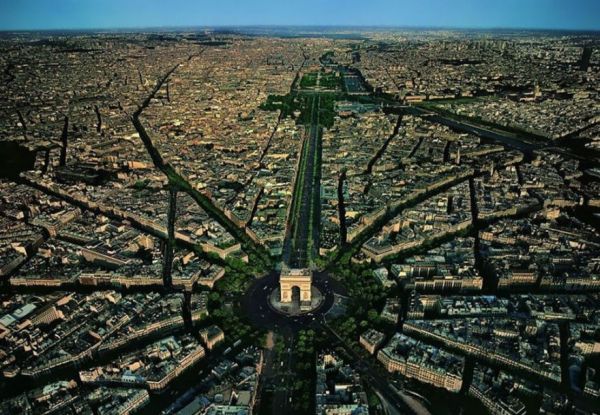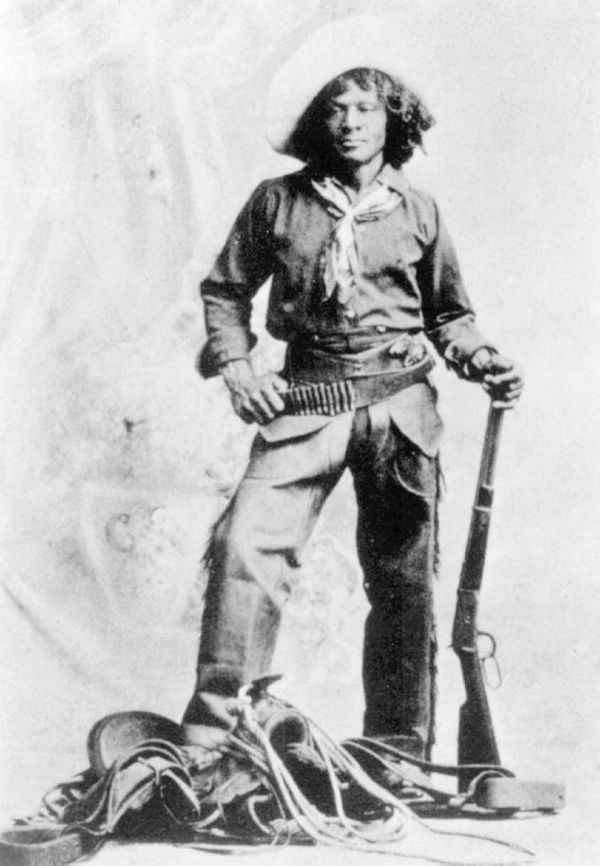An 8,000-year-old
human skeleton is now undergoing meticulous analysis. It’s extremely
rare for such old human remains to be found in the Nordic countries
because much of the region was covered in a crushing sheet of ice until
9,000 - 10,000 years ago.
by Marianne Nordahl

Archaeologists
have found large portions of a skeleton buried by a Stone Age
settlement at Brunstad in Stokke, Vestfold County. It could be around
8,000 years old. They know it was an adult who had been ritually buried.
“The
discovery is sensational in a Northern European context,” says
Archaeologist Almut Schülke at the University of Oslo’s Natural History
Museum. She is in charge of the excavation.
No other skeletal
remains have been found so intact from this far back in time in Norway.
At Stavanger Airport, archaeologists recently found human remains dating
back to about 4,000 BC. The Brunstad skeleton is not the oldest find of
human bones, however. Skulls have been found in Vest-Agder County which
probably predate this Stone Age ‘Norwegian’ by 1,500 years.
Fetal position
Archaeologists came across the Brunstad grave
last summer when excavating a Stone Age settlement in Stokke on a plot
where a new conference
center is going to be constructed. As the land
was lower then, the gravesite was probably close to the seashore when
the person was buried. The soil around the skeleton is nearly rock-hard
today. The team had to chisel into it and they were overjoyed when they
came across human bones.
Their field work in 2014 was a hot and
sweaty job because Norway was having a record-hot summer. Once Schülke
and her colleagues realized that they had come across human bones they
decided to cut out large blocks of the compact soil containing the
precious remnants. This enabled them to complete the finer extraction
work under controlled laboratory conditions.
“The skeleton was in a
pit which was built up around the edges with rocks. The pit was about a
metre wide and one-and-a-half meters long,” says Schülke.
The
person was buried sitting or perhaps lying on its back, with the head
tilted forward and the arms embracing the legs in the fetal-like
“hocker position”.
The scientists have been unable so far to
verify whether the person was a man or a woman. The cranial remains and
the traces of pelvis were too poorly preserved to provide an answer.
Further analyses of the bones should at least reveal things about the
person’s diet and give other indications of the environment he or she
lived in.
Comparisons with other Stone Age grave sites
Skeletal remains
from this period of the Stone Age have been found in Sweden but such
discoveries are always extremely rare and significant.

“Finding
skeletal remains in such old graves is highly unusual,” says Fredrik
Molin. He is the project leader of a Stone Age excavation at Motala in
South-eastern Sweden.
There too, archaeologists have found graves
with human remains. The bones were rather poorly preserved and were
perhaps a little younger than the skeleton in the Brunstad grave. In
Motala the corpses had been placed both full-length on their backs and,
like at Brunstad, in the hocker position.
This is seen in other graves from the same time.
“It seems as if this was a rather uniform practice in this period,” says Molin.
In Motala, as at the Brunstad site, the grave was located right near the settlement.
“This
makes for a close relationship between the living society and the dead.
This is interigung and it contrasts with how we currently do things.
Now we keep the dead at a distance,” says Molin.
Bones from the entire body
Osteoarchaelogist Sara Gummesson
worked on the excavation at Motala. Now she has contributed to the
digging, conservation and analysis of the Brunstad skeleton.
“We found cranial fragments, thighbone and shin bone, ribs and an arm,” she says.
Gummesson
shows us parts of the skull and then points to something that looks
like a decayed tree root. We are actually looking at forearm bones.
This
forearm bone is infiltrated by roots but it shows that the corpse’s
palms were arranged to face upwards.
“We see from the position of these bones that the person was buried with their palms turned upwards,” she says.
The
archaeologists found nothing to indicate that the Stone Age person was
buried in a coffin or anything of the sort. Some archaeological
discoveries from this period have indicated that the corpse was wrapped
in textile prior to burial, but this is uncertain, according to
Gummesson.
One of the problems the scientists have with dating
these bones is that many of them are fully intertwined and infiltrated
with tree roots. In some places the bone has more or less become a root.
This has made it really hard to date. So the C14 analyses at Brunstad
have given diverse results about how old the bones are.
One
trial put the age at 5,000-6,000 years old. Another dated the bones back
to the same age as the settlement – which was populated as much as
8,000 years ago.
The researchers are inclined to place their bets on this older date.
They found no other objects in the grave but are working on an analysis of charcoal fragments and bits of flint.
The
answers to additional tests should be available by summer. These will
hopefully tell more about how the person in the grave lived and reveal
new information concealed in the grave.











